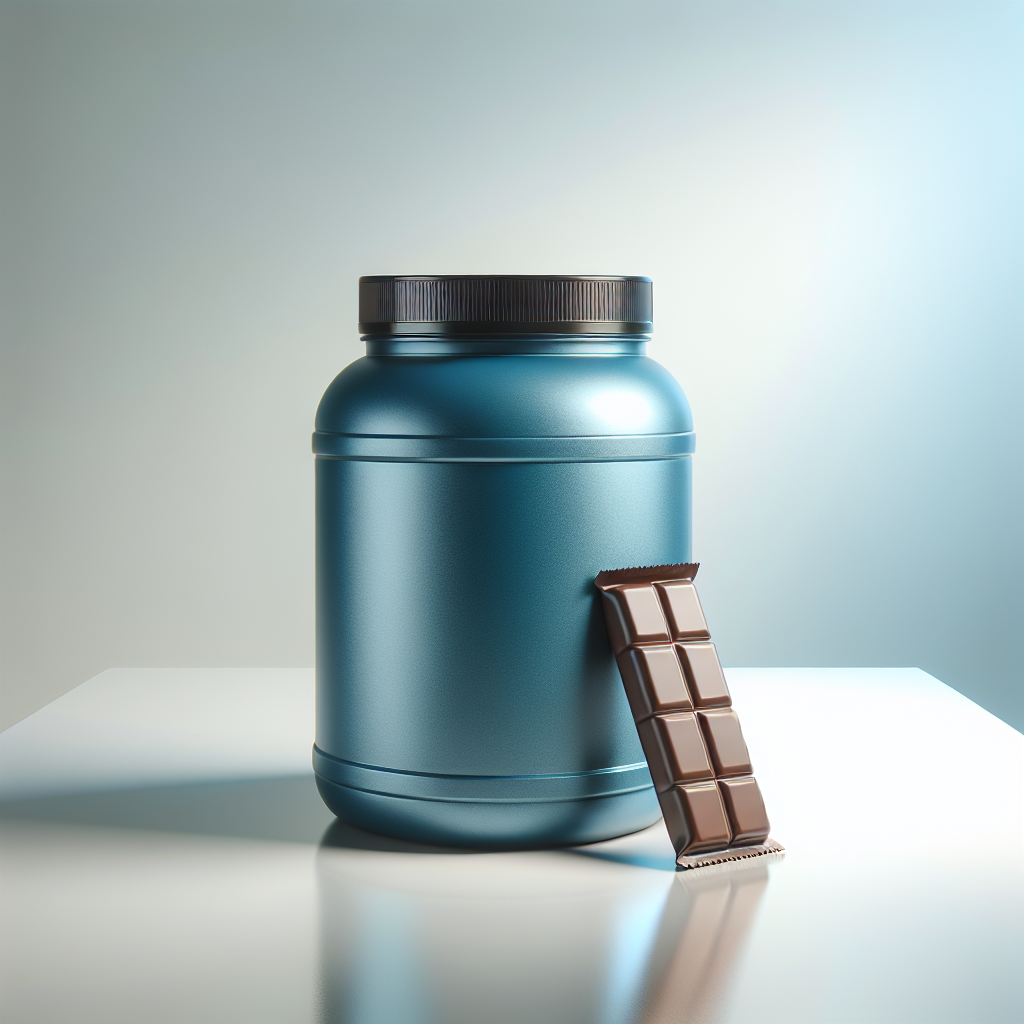Millennials and a general consumer interest in enhancing health and losing weight are driving up sales of high-protein packaged food and beverage products, according to a new industry report by the investment bank William Blair.
Sales for products labeled as “high-protein” in both grocery aisles and frozen and refrigerated food departments have risen at an estimated compound annual rate of more than 7% from 2021 to 2023, William Blair analysts noted in a report published on July 12. These sales reached over $30 billion in 2023, based on data from the analytics company Circana.
William Blair analysts attribute this growth to increasing consumer interest in “high-protein” products, especially among millennials. Online search interest for “high protein” hit a five-year high in 2023. Additionally, online mentions of “high protein” rose by 32% in the 12 months ending May 2023, according to data from the consumer intelligence company Brandwatch. About 52% of these mentions were from people aged between 25 to 40, highlighting strong interest among millennials.
The report emphasized that the rising popularity of high-protein products is also driven by a broader interest in fitness and health. According to Euromonitor International’s Health and Nutrition Survey, the main reasons people followed a high-protein diet were “to improve my fitness” and “it makes me healthier.”
The bank also pointed out that individuals aiming to lose weight through GLP-1 weight loss drugs, like Novo Nordisk’s Wegovy and Eli Lilly’s Zepbound, are also likely to increase their protein intake. High-protein diets could help mitigate the loss of lean muscle mass, a known side effect of these medications.
Morgan Stanley analysts project that the global market for GLP-1 drugs will reach $105 billion by 2030, with about 9% of the U.S. population on a GLP-1 treatment by 2035.
Some companies are already responding to these consumer behavior shifts. Earlier this year, Nestle announced it was launching a line of high-protein frozen meals to cater to those on GLP-1 drugs.
“In essence, it appears consumers increasingly want to live fit and be well, perceive that increasing the amount of protein in their diets is a means to these ends, and are voting with their pocketbooks for higher-protein foods and beverages to help them on their journeys,” William Blair analysts concluded in their report.
